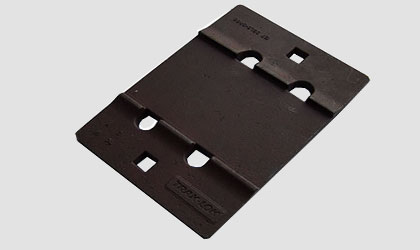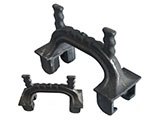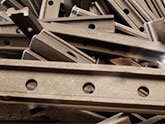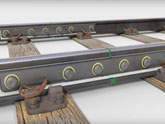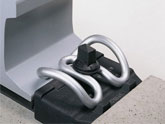How Much do You Know about the Railway ?
While railroad tracks might look much like they did 100 years ago, advanced technology has made railroad infrastructure stronger, safer and more reliable. A railroad track consists of two parallel steel rails set a fixed distance apart, called the gauge. The rails are connected to each other by railroad ties, which may be made of wood, concrete or other material. The rails are fastened to the ties by spikes, bolts or special clips, depending on the type of tie. The ties are set into ballast, which consists of stone particles that help transfer the load of the trains to the underlying foundation.
Railroad track: Parallel steel rails laid on wooden ties.
Rail: Set of steel bars placed end to end in two parallel lines.
Spike: Piece of metal used to attach the tie plate pad to the rail.
Tie: Wooden or concrete laid perpendicular to and beneath the rails.
Tie plate: Piece of metal that supports the rail.
Ballast: Crushed rock or gravel placed beneath the ties to provide a foundation for the track.
Thanks to advancements in steel manufacturing, the quality of steel used for railroad track has gotten much better. Today, the lifespan of rail averages 50-60 years, depending on how much freight is transported annually on the line and other factors. Railroad companies inspect their track using specialized equipment such as track geometry cars and rail defect detector cars, as well as visual inspections. These specialized technologies use laser sensors to detect track wear and tear and alert railroads to potential defects, enabling them to schedule maintenance in a safe, timely and cost-effective manner.
Get In Touch
We receive enquiries in English, Español (Spanish), Русский язык (Russian), Français (French) and العربية (Arabic). Our professional team will reply to you within one business day. Please feel FREE to contact us!


